Landscape Photography Tips
Landscape Photography Tips: 13 Tips That Will Transform You From Amateur to Pro.
As an avid nature lover and landscape photographer, I understand the importance of capturing the beauty of nature and conveying the essence of a breathtaking scene through photographs. That’s why I’m sharing my personal insights, and landscape photography tips, so you too can improve your landscape photography skills.
I am a participant in the Amazon Services LLC Associates Program, an affiliate advertising program designed to provide a means for me to earn fees by linking to Amazon.com and related sites. This post may contain affiliate links, which means I may receive a commission, at no cost to you, for purchases made using my links. Please see my disclosure to learn more.
From choosing the right gear to utilizing natural light and enhancing your images through post-processing, these tips will help you step by step towards creating awe-inspiring landscape photographs.
1. Choose the Right Gear
To capture mesmerizing landscapes, having the right gear is crucial. Invest in a DSLR or mirrorless camera with manual controls, as they offer greater flexibility and control over your settings. A wide-angle lens is essential for capturing expansive scenes, while a telephoto lens can help you isolate and emphasize specific elements within a landscape. Don’t forget to bring sturdy tripods, neutral density filters, and remote shutter release for steady shots and long exposures.
- Example: Consider investing in a DSLR camera like the Nikon D850 or a mirrorless camera such as the Sony Alpha a7R III for their excellent image quality and manual control capabilities.

Nikon D850 FX-Format Digital SLR Camera Body
Introducing the Nikon BSI Full Frame Image Sensor, a game-changer for photography and videography. At 45.7 megapixels, it delivers extraordinary resolution, dynamic range, and eliminates moiré risk. Create stunning 8K6 and 4K time-lapse movies with exceptional sharpness.
2. Understand Composition
Composition plays a vital role in landscape photography. Familiarize yourself with the rule of thirds, leading lines, as well as the golden ratio. This will ensure that your compositions are aesthetically pleasing and well-balanced. Experiment with different perspectives and angles to add depth and interest to your images. Remember to include a strong foreground, middle ground, and background to invoke depth and guide the viewer’s eye through the photograph.
- Example: Apply the rule of thirds by placing the horizon line one-third from the top or bottom of the frame, as seen in this landscape photo, with the sky occupying the top third and the foreground taking the bottom two-thirds.
3. Utilize Natural Light
Lighting can make or break a landscape photograph. The golden hour, which occurs during the first and last hours of daylight, offers soft, warm, and directional light that enhances the colors and textures of your subject. Plan your shoots accordingly and embrace the magical atmosphere this light provides. Additionally, learn to adapt to different weather conditions and use the unique lighting opportunities they present.
- Example: Capture the warm and golden hues of the setting sun as it casts a beautiful glow over a serene landscape, showcasing the enchanting beauty of nature.
4. Find the Perfect Location
Research and exploration are key when it comes to finding stunning locations for landscape photography. Use online resources, photography forums, and social media platforms to discover hidden gems in your area or places you plan to visit. Scout locations in advance, consider the time of year, and be patient to capture the landscape in its best light and conditions.
- Example: Explore lesser-known spots like a hidden waterfall deep within a lush forest, allowing you to capture a unique and awe-inspiring landscape.
5. Capture Movement with Long Exposures
To add a dynamic element to your landscape photographs, try using long exposures to capture the movement of water or clouds. This technique can create a sense of motion and a dreamy atmosphere in your images. Experiment with different exposure times to achieve the desired effect and make your landscape photographs more visually engaging.
- Example: When photographing a flowing river, using a slow shutter speed (e.g., a few seconds) can result in a silky smooth effect, making the water appear soft and ethereal.
6. Use Filters for Enhancements
Recommended
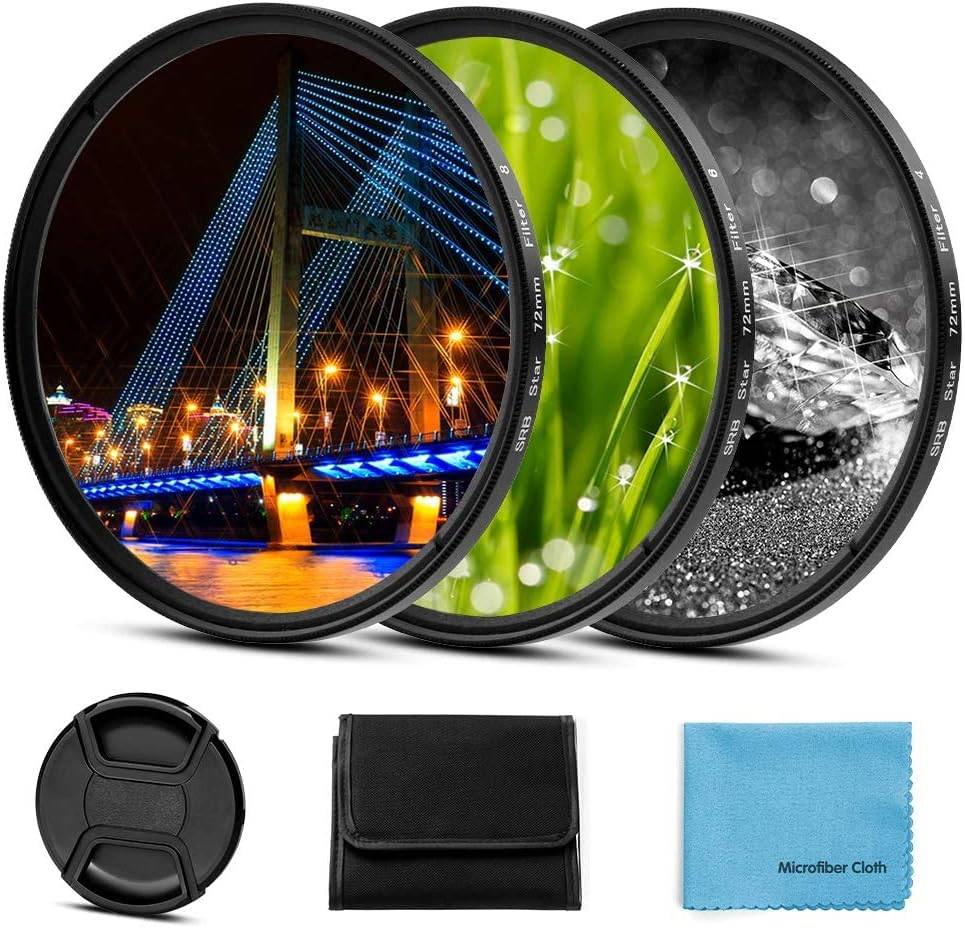
49mm 3 Pieces Starburst Lens Filter
Top Pick
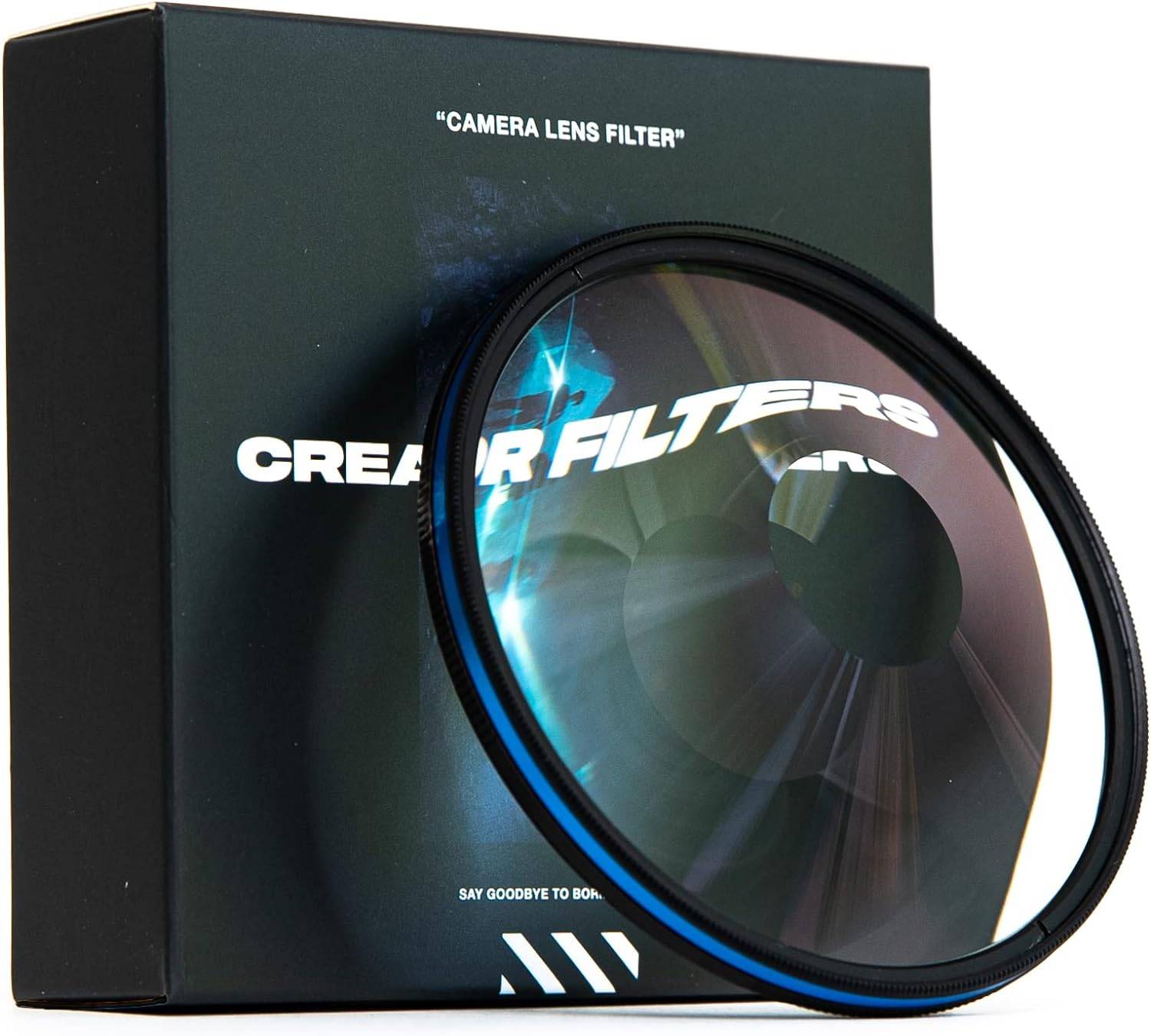
Creator FX Tunnel Vision Lens Filter
Recommended

K&F Concept 40.5mm ND1000 ND Lens Filter
Filters are valuable tools for landscape photographers, allowing you to control and enhance the light entering your camera. Graduated neutral density filters help balance the exposure between the sky and the land, while polarizing filters reduce glare and enhance colors. Experiment with different filter combinations to achieve the desired effects in your images.
- Example: Enhance the colors and contrast of a vibrant autumn landscape using a circular polarizing filter, making the colors pop and reducing unwanted reflections.
7. Master Depth of Field
Controlling the depth of field is essential to draw attention to specific elements in your landscape photographs. Use a narrow aperture (higher f-stop value) to achieve a larger depth of field, capturing sharp details from the foreground to the background. However, don’t be afraid to experiment with shallow depth of field to create a dreamy and selective focus effect.
- Example: Create a captivating landscape image with a wide depth of field, where both the foreground flowers and distant mountains are sharply in focus, adding depth and dimension.
8. Embrace Leading Lines
Leading lines are powerful compositional tools that guide the viewer’s eye through your photograph. They can be natural elements like rivers, roads, or pathways that foster a sense of depth and perspective. Look for these lines in your scene and use them to draw attention to your main subject or create a visual journey within your image.
- Example: Utilize a curving pathway in the composition to guide the viewer’s eye through the image, leading them towards the majestic mountain peak in the distance.
9. Incorporate Foreground Interest
Including a compelling foreground element can add depth and interest to your landscape photographs. Look for interesting rocks, flowers, or other objects that can serve as strong foreground subjects. They provide a point of reference and can develop a sense of scale within the frame, enhancing the overall composition of your image.
- Example: Include a colorful bouquet of wildflowers in the foreground to add visual interest and generate a sense of depth in this mountainous landscape.
10. Establish a Sense of Scale
Capturing the vastness and grandeur of a landscape can be challenging. Including elements that convey a sense of scale, such as people, buildings, or trees, can help viewers understand the size and magnitude of the scene. Experiment with different placements and compositions to find the right balance between your main subject and the surrounding environment.
- Example: Position a lone hiker in the vast expanse of a desert landscape, showcasing the immense scale and grandeur of the surroundings.
11. Capture Weather and Atmospheric Conditions
Weather and atmospheric conditions can dramatically transform a landscape. Don’t be discouraged by unfavorable weather; instead, embrace it as an opportunity to capture unique and moody photographs. Rain, fog, stormy skies, or mist can add a sense of drama and mystery to your images. Be prepared and keep an eye on weather forecasts to plan your shoots accordingly.
- Example: Capture the drama of stormy skies and rolling clouds as they manifest a sense of mystery and intensity in this landscape photo.
12. Utilize Tripods and Remote Shutter Release
To achieve sharp and detailed landscape photographs, it’s important to minimize camera shake. Use a sturdy tripod to keep your camera steady, especially when shooting during low light or using slow shutter speeds. Additionally, invest in a remote shutter release or use the camera’s self-timer to avoid any movement caused by pressing the shutter button.
- Example: Use a sturdy tripod and a remote shutter release to capture long-exposure shots of a cascading waterfall, resulting in silky smooth water and a serene atmosphere.
13. Use Post-Processing Techniques
Post-processing is an integral part of landscape photography. Use editing software like Adobe Lightroom or Capture One to enhance colors, adjust exposure, and fine-tune your images. However, strive for a natural and realistic look, avoiding excessive manipulation that can make your photographs appear artificial. Experiment with different editing styles to find your own unique aesthetic.
- Example: Enhance the vibrancy and clarity of a sunrise landscape by adjusting the color saturation and selectively sharpening key elements during post-processing.
14. Final Thoughts on Landscape Photography Tips
Armed with these landscape photography tips, you’re well-equipped to take stunning landscape photos. Remember, practice is key, so get out there, explore beautiful locations, and capture the awe-inspiring landscapes that surround us. With time and experience, you’ll be able to capture stunning landscapes that evoke emotions and inspire others.
Keep honing your skills, develop your own unique style and experiment with different techniques. Most importantly, enjoy the process of creating stunning landscape photographs.


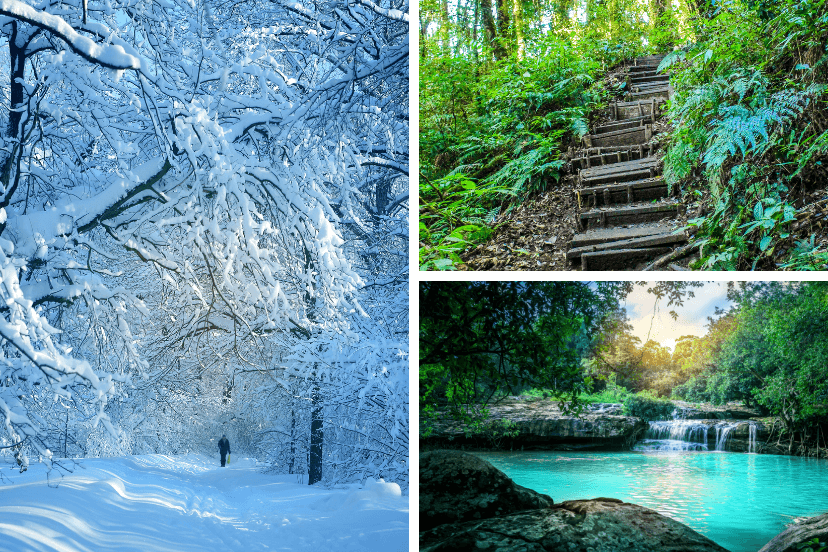
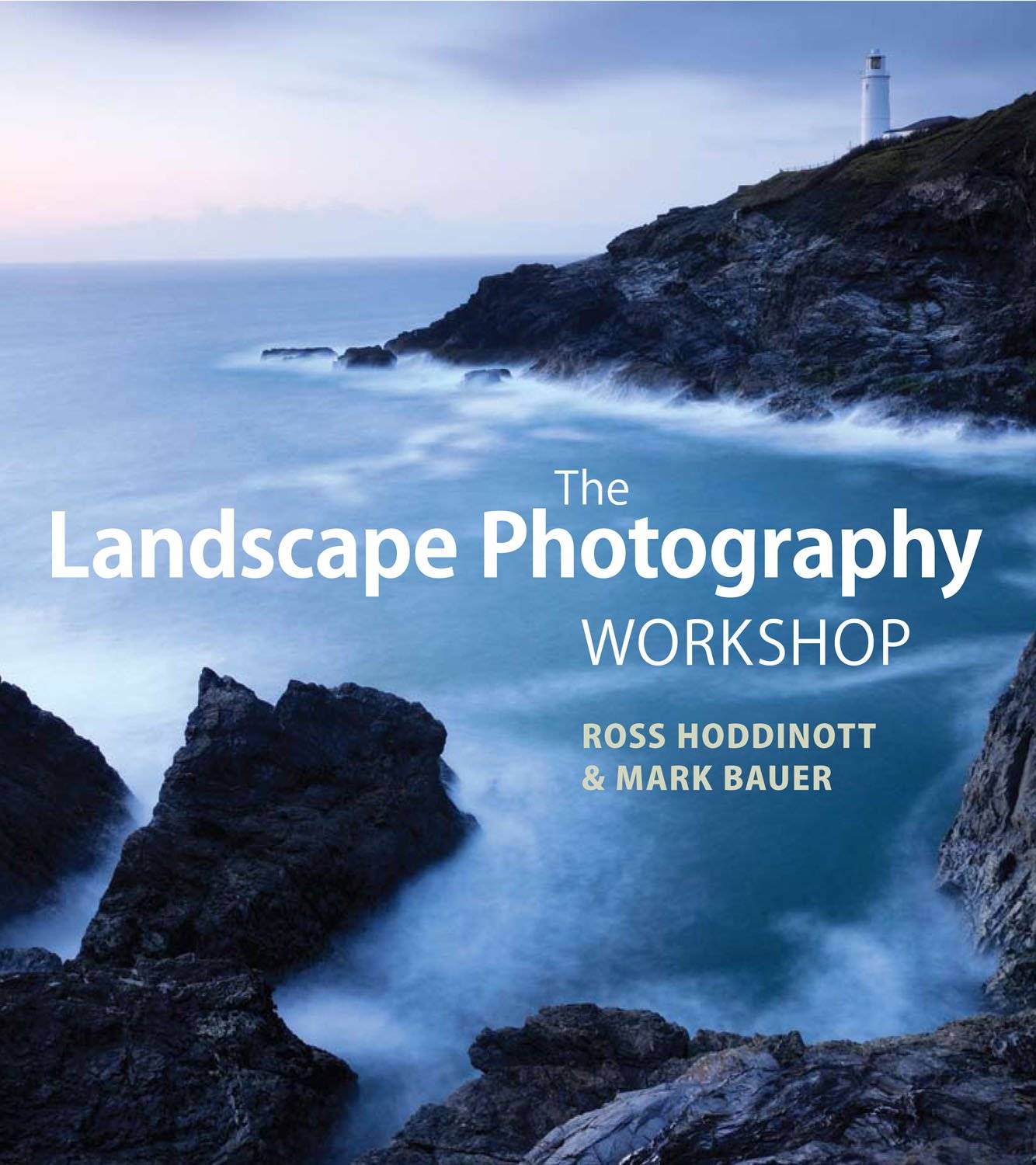

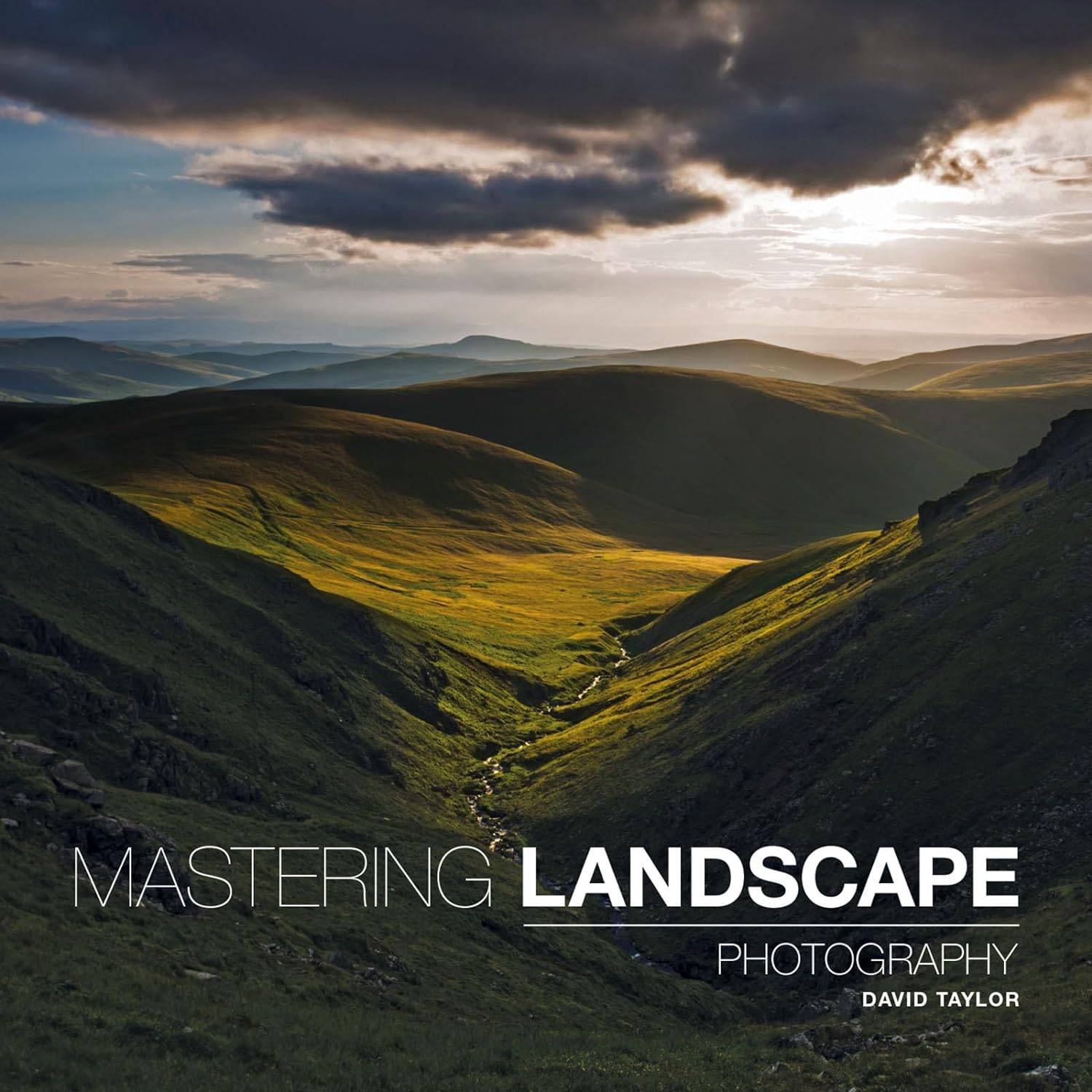
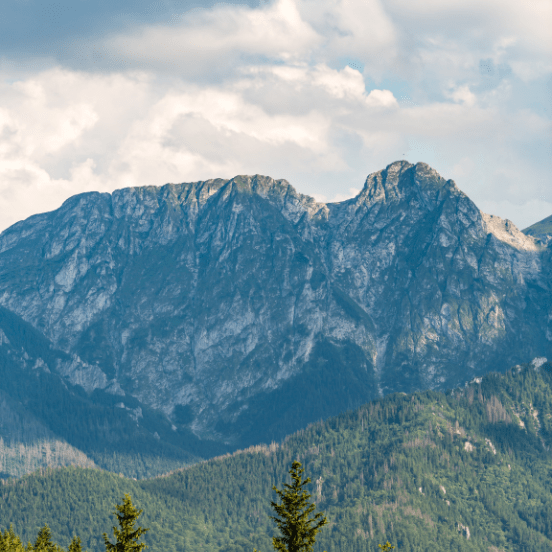
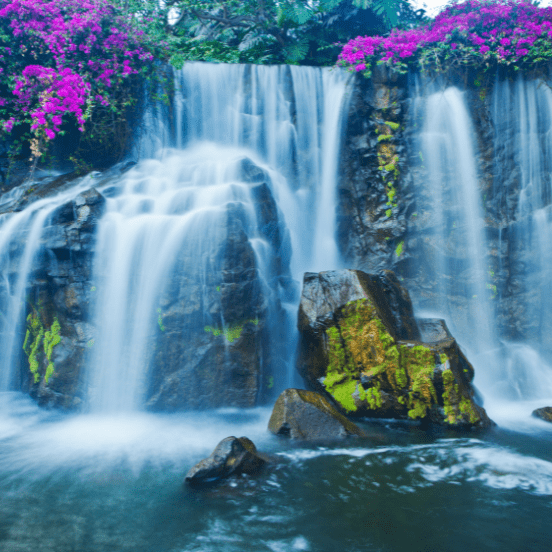





Comments are closed.